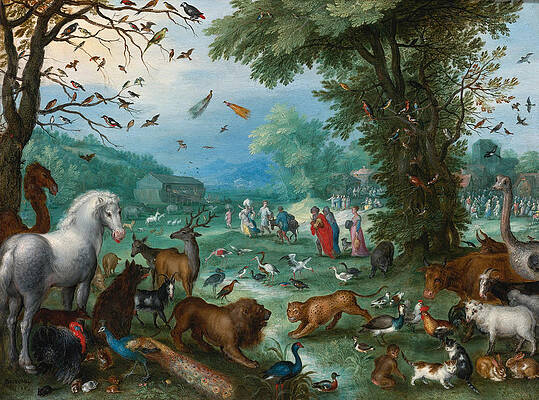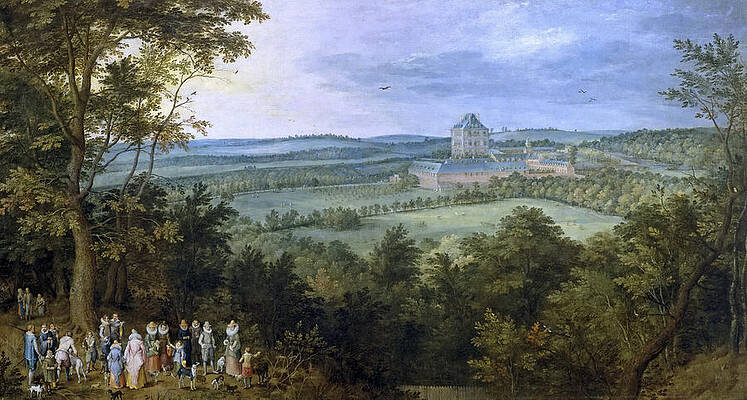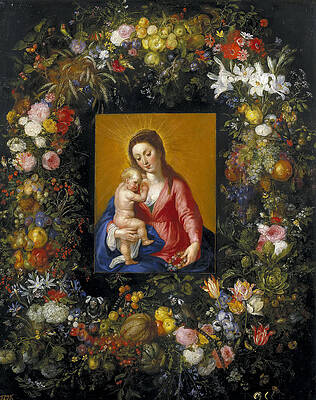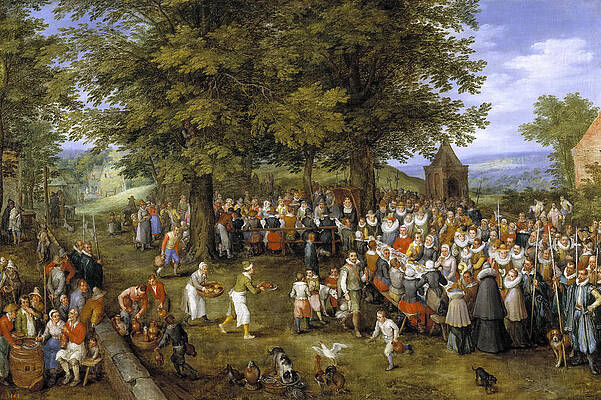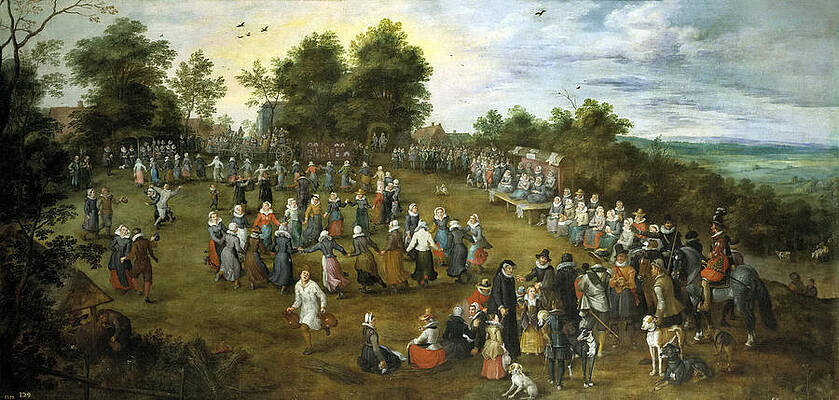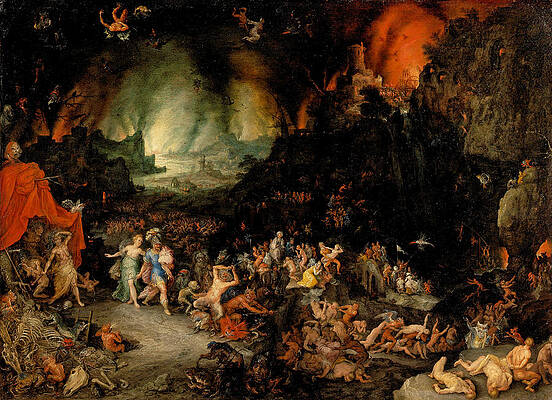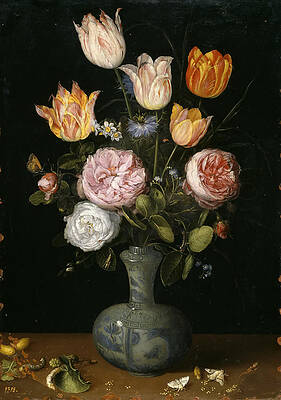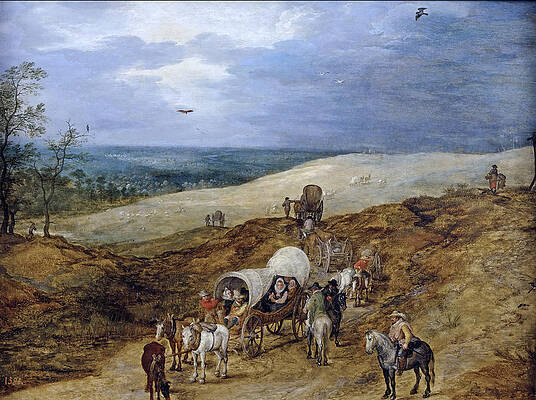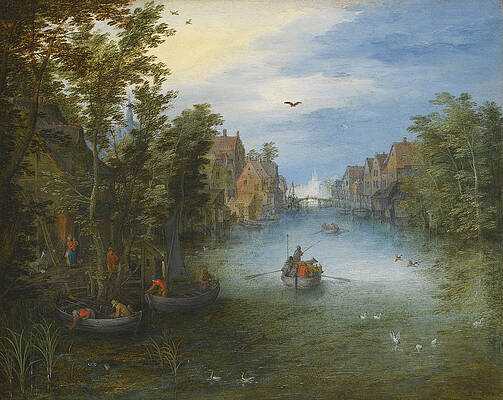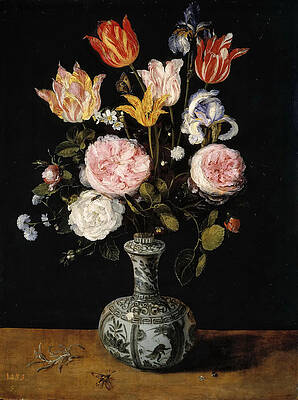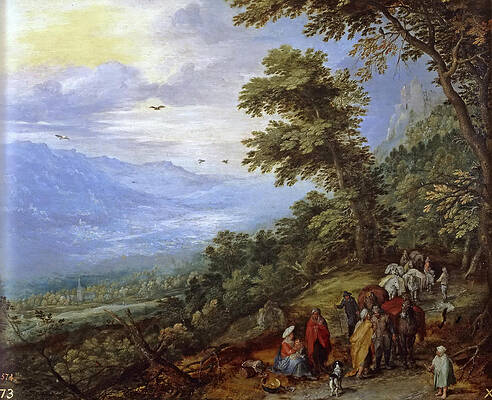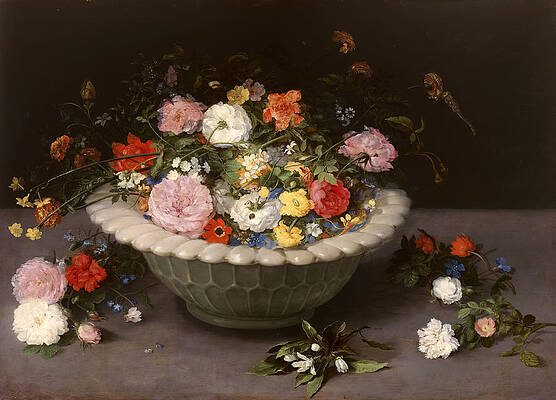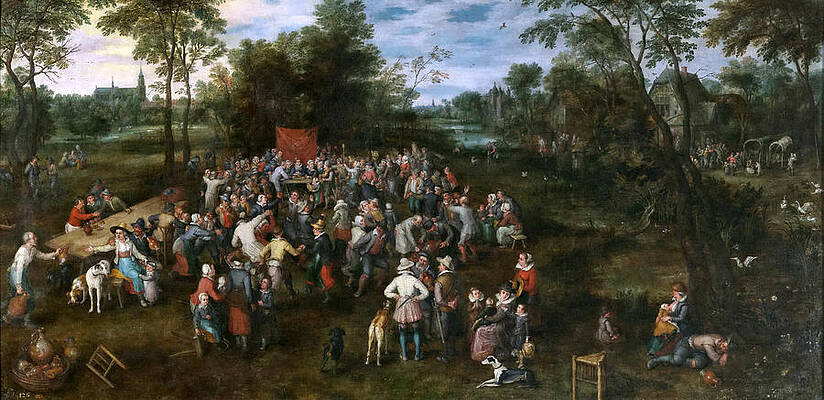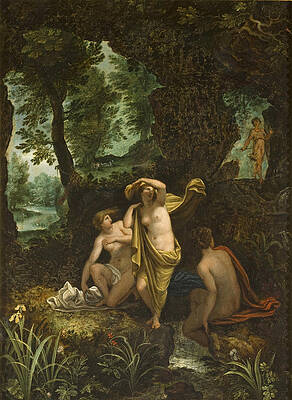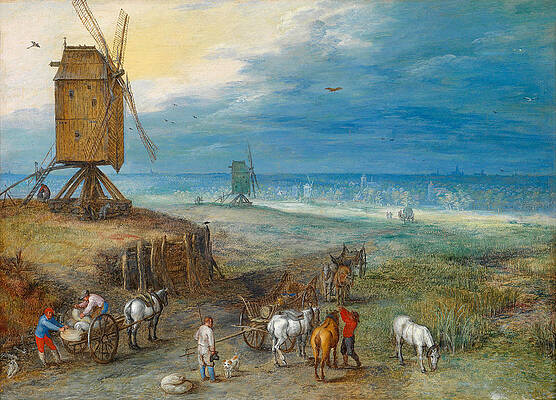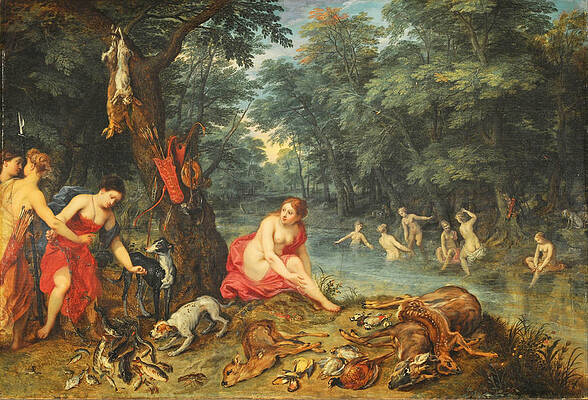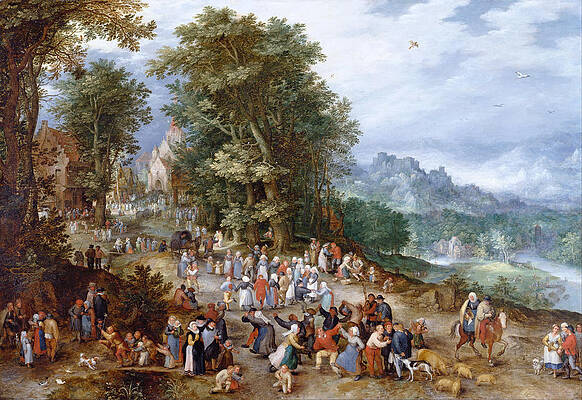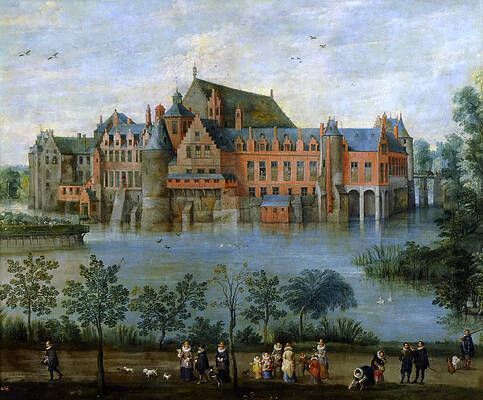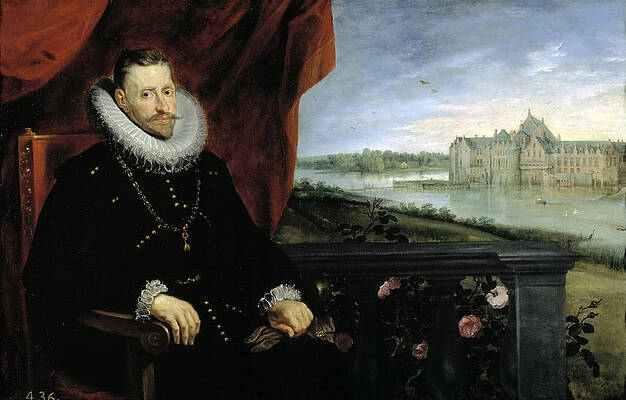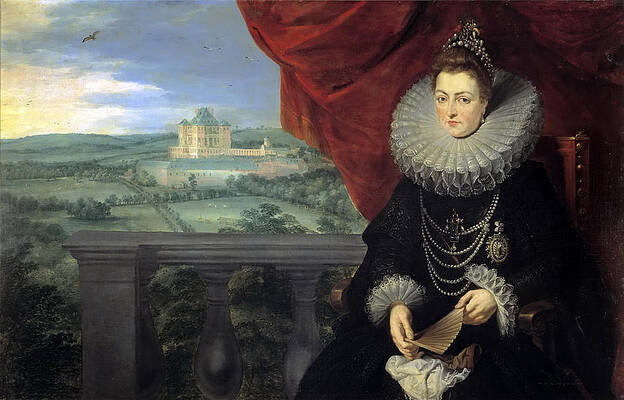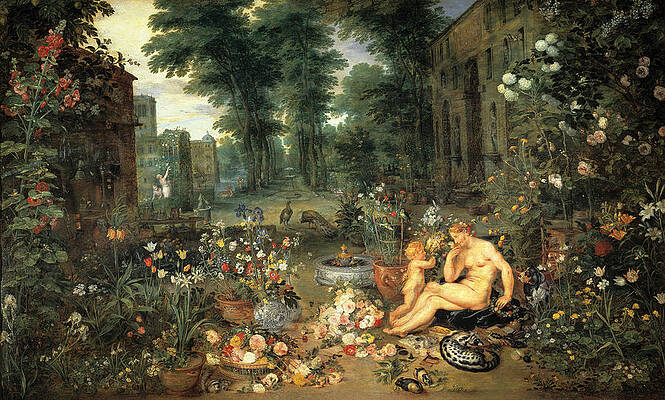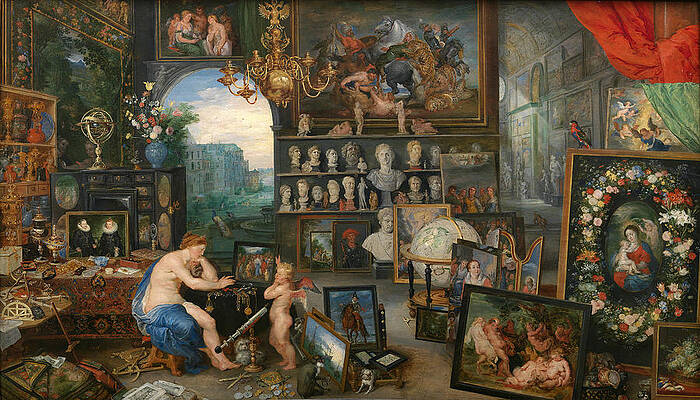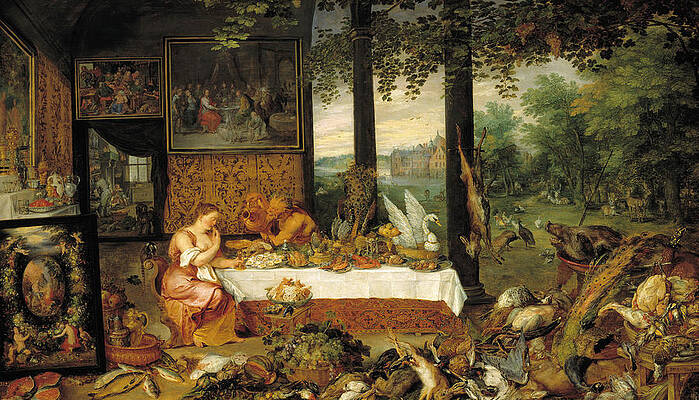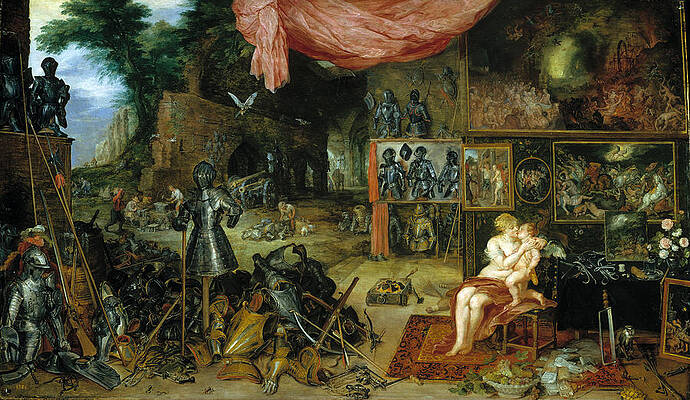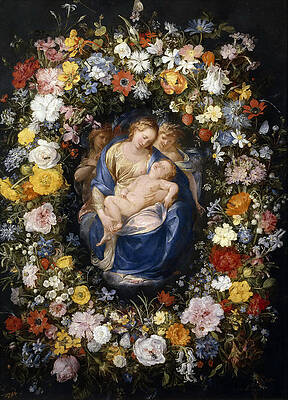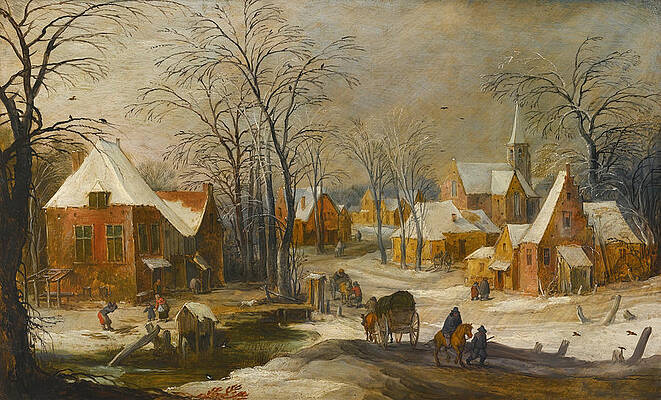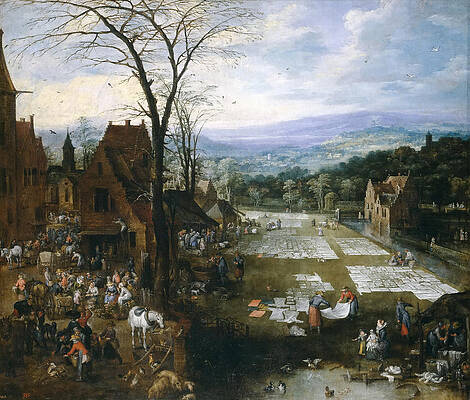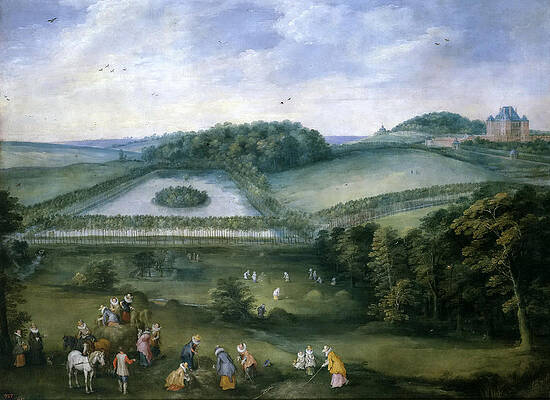Jan Brueghel the Elder
Paintings
Paradise Landscape with the Animals entering Noah's Ark
The Archdukes and Company before Mariemont Castle
The Temptation of Saint Anthony
Flowers in a Wooden Vessel
Peasant Wedding Banquet with the Archdukes
Peasant Dance for the Archdukes
Aeneas with the Sibyl in the Underworld
Floral Still Life
Country Road with Halt of a Convoy
A River running through a Small Town
Flowers in a Chinese Vase
Travelers Meeting Band of Gypsies on Mountain Pass
Flowers in a Porcelain Bowl
Forest Road with Travelers
Peasant Wedding Feast
Flowers in a Basket and a Vase
Rocky Forest Landscape with Castle
Landscape with Diana and Actaeon
Studies
Rest by a Windmill
Perseus and Andromeda
Nymphs Bathing
Flemish Fair
The Archduke Albert and Archduchess Isabel Clara Eugenia in the Palace of Tervuren Brussels
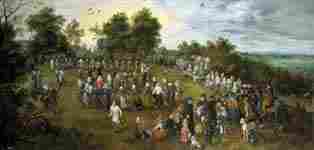
Peasant Dance for the Archdukes
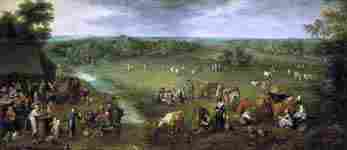
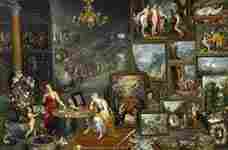
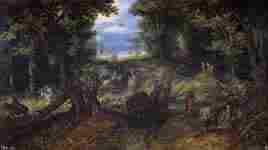



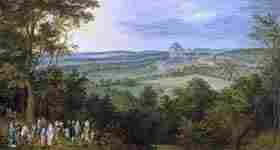
The Archdukes and Company before Mariemont Castle
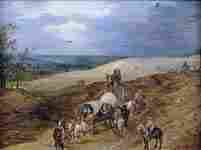
Country Road with Halt of a Convoy

The Archduke Albert and Archduchess Isabel Clara Eugenia in the Palace of Tervuren Brussels
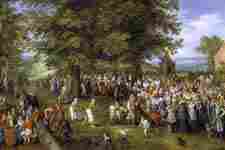
Peasant Wedding Banquet with the Archdukes
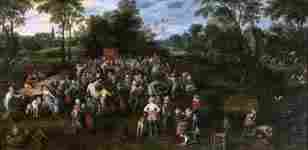
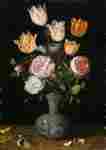
Flowers in a Painted Ceramic Vase with Moths
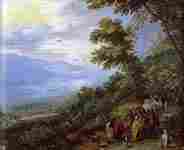
Travelers Meeting Band of Gypsies on Mountain Pass
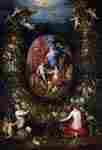
Cybele and the Seasons in a Garland of Fruit
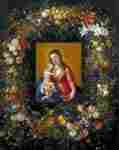
Flower Garland Around the Virgin and Child

Abundance and the four elements
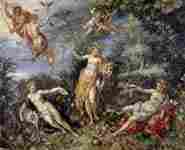
Abundance and the Four Elements
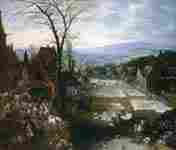
Flemish Market And Washing Place
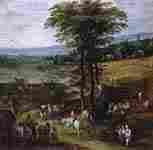

The Infanta Isabel Clara Eugenia In The Park At Mariemont
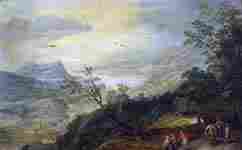
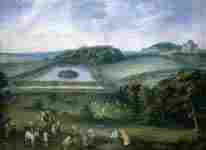
Infanta Isabella and her Ladies Making Hay near Mariemont
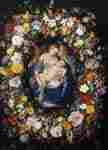
Madonna and Child in a Flower Garland
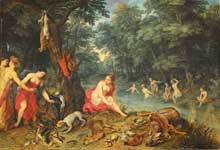
Nymphs Bathing (Nymphs of Diana returning from fishing)
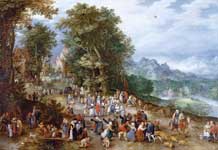
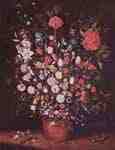
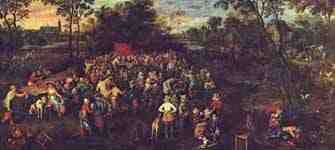
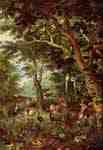
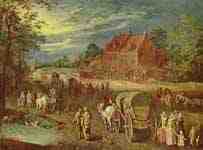
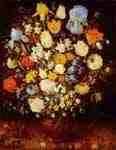
Small bouquet of flowers in a clay pot
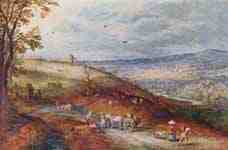

Port with the preaching of Christ
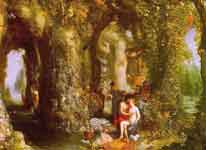
Feast of the Nymph Calypso for Odysseus
Jan Brueghel the Elder and Peter Paul Rubens
Archduke Albert of Austria
Infanta Isabel Clara Eugenia
Allegory of the Sense of Smell
Allegory of Sight. Sense of Sight or Sight
Allegory of Hearing. Sense of Hearing or Hearing
Allegory of Taste. Sense of Taste or Taste
Allegory of the Sense of Touch
Jan Brueghel the Elder and Giulio Cesare Procaccini
Madonna and Child in a Flower Garland
Jan Brueghel the Elder and Joos de Momper the Younger
A Winter Landscape with Travellers passing through a Village
Flemish Market and Washing Place
The Infanta Isabel Clara Eugenia in the Park at Mariemont
The Country Excursion of Isabel Clara Eugenia
Jan Brueghel the Elder and Hendrick de Clerck
Abundance and the Four Elements
Jan Brueghel the Elder (/ˈbruːɡəl/; also Breughel /brɔɪɡəl/; Dutch: [ˈjɑn ˈbrøːɣəl]; 1568 – 13 January 1625) was a Flemish painter, son of Pieter Bruegel the Elder and father of Jan Brueghel the Younger. Nicknamed "Velvet" Brueghel, "Flower" Brueghel, and "Paradise" Brueghel, of which the latter two were derived from his floral still lifes and paradise landscapes, while the former may refer to the velveteen sheen of his colors.
Biography
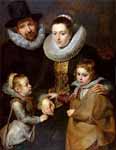
Portrait of the family of Jan Brueghel the Elder, Peter Paul Rubens
Jan was born in Brussels. His father died in 1569, and then, following the death of his mother in 1578, Jan, along with his brother Pieter Brueghel the Younger and sister Marie, probably went to live with their grandmother Mayken Verhulst (widow of Pieter Coecke van Aelst). She was an artist in her own right, according to Carel van Mander and Guicciardini, and possibly served as the first teacher of the two boys although her brothers (their uncles) were also painters. Jan Brueghel moved to Antwerp around 1583.
In about 1589 Jan traveled to Italy, probably via Cologne. There he resided first in Naples, where his patron was Francesco Carracciolo. Next he moved to Rome, working for several discerning cardinals including, most famously, Federico Borromeo. It was in the company of Borromeo that Brueghel left Rome and took up residence in Milan, where he was part of the Cardinal's household. In the summer of 1596 he returned to Antwerp, where he remained for the rest of his life apart from short journeys to Prague and to the Dutch Republic.
The Battle of Issus (ca. 1599-1600) in the Louvre.
While in Italy he applied himself principally to landscapes and history paintings, including Biblical narratives and scenes from mythology and ancient history. Back in Antwerp he continued these types of subject matter but also acquired considerable reputation by his flower paintings and allegories. He formed a style more independent of his father's than did his brother Pieter the Younger.
Many of his paintings are collaborations in which figures by other painters were placed in landscapes painted by Jan Brueghel; in other cases, Brueghel painted the figures into another artist's landscape or architectural interior. The most famous of his collaborators was Peter Paul Rubens: the two collaborated on about 25 paintings including a Battle of the Amazons (Potsdam), Mars Disarmed by Venus (Getty Museum), The Fall of Man (Mauritshuis), The Five Senses (Prado), and several images of the Madonna and Child within a Flower Garland (Munich, Paris, Madrid). Hendrick van Balen and Joos de Momper were also regular collaborators with Brueghel.
He had a studio in Antwerp, where he died from cholera on 13 January 1625.
References
Chisholm, Hugh, ed. (1911). "Breughel, Pieter". Encyclopædia Britannica (11th ed.). Cambridge University Press.
Rines, George Edwin, ed. (1920). "Bruegel". Encyclopedia Americana.
Artist
A - B - C - D - E - F - G - H - I - J - K - L - M -
N - O - P - Q - R - S - T - U - V - W - X - Y - Z
Retrieved from "http://en.wikipedia.org/"
All text is available under the terms of the GNU Free Documentation License


